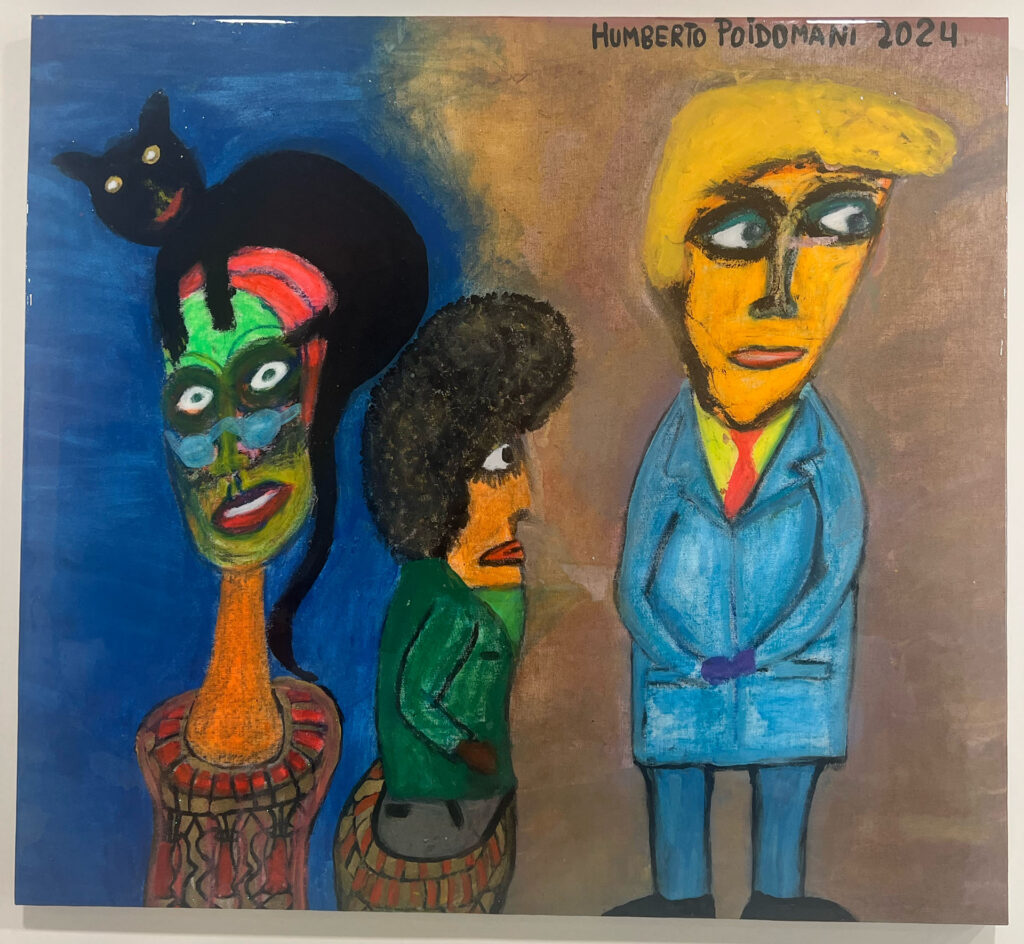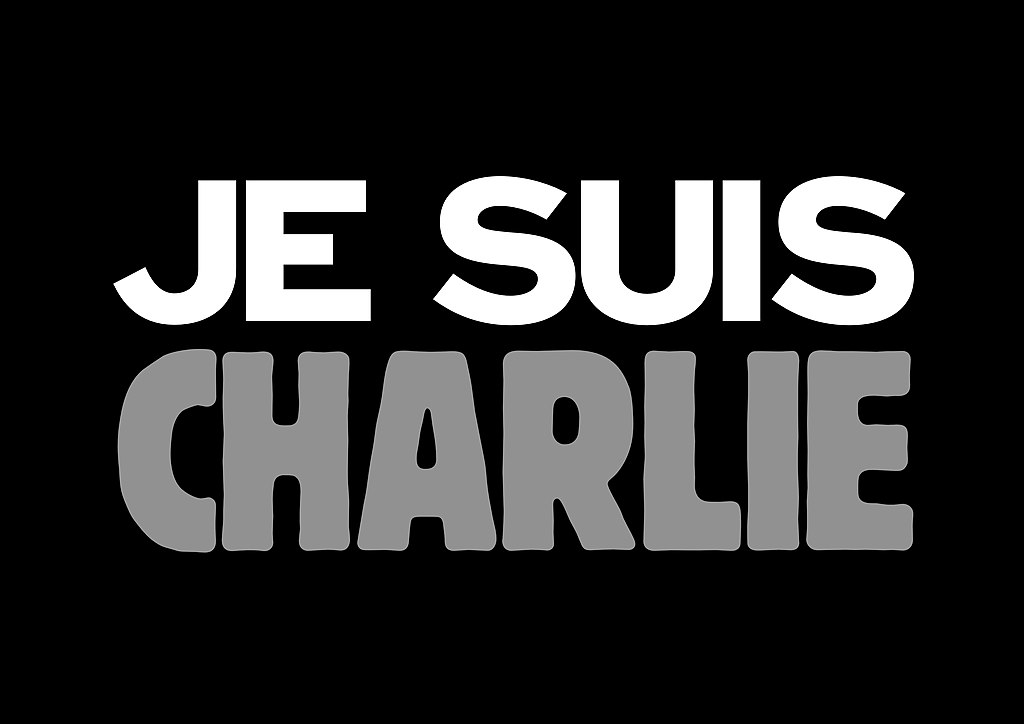The Role of Political Satire in Art: Genius or Outrageous?
Art has always been a powerful expression, capturing society’s struggles, hopes, and frustrations. Political satire art has been essential in this artistic dialogue throughout history. From ancient times to today, artists have used satirical art to critique power structures, mock leadership, and expose societal injustices. Across cultures, satire has been both revered and condemned, depending on the political climate and the subject being criticized. By taking an often humorous or exaggerated approach, satire in visual art can reveal harsh truths in a way that resonates deeply with audiences.

Political Satire Art: A Universal Form of Expression
Political satire art as an art form transcends borders, and its history is as diverse as the cultures that embrace it. From the irreverent caricatures of the French Revolution to the bold street art that confronts modern political powers, satirical art challenges those in authority and amplifies the voices of the marginalized. In this blog post, we will explore the role of political satire in art, examining whether it stands as a mark of genius or an outrageous insult, depending on one’s point of view.
Political Satire Art in France and the United States
Growing up in France, I experienced a culture where political satire was woven into the fabric of daily life. The French have a long tradition of using humor to challenge authority, and publications like Charlie Hebdo exemplify this approach. Although the November 2015 Paris attacks somewhat toned it down, French satire remains blunt, unfiltered, and unafraid to tackle sensitive subjects, even at the risk of backlash.
Moving to the United States in 2019, I noticed a different dynamic. American satire can also be sharp and provocative. Still, it often walks a fine line, balancing humor with the need to appeal to a more diverse audience. The cultural differences between the two countries provide unique perspectives on the power and impact of political satire.
In France, satire is seen as a fundamental part of free speech, a tool that ensures those in power remain accountable. The approach varies significantly in the US depending on political affiliation, regional values, and social norms. This difference in attitudes towards political satire art highlights the broader cultural distinctions between the two nations—a difference I have come to understand and appreciate over the past few years. As someone who straddles these two worlds, I am intrigued by how satirical art can unite, divide, and simultaneously provoke laughter and outrage.

Defining Political Satire in Visual Art
Political satire in art uses humor, irony, and exaggeration to criticize or highlight the flaws and actions of political figures and institutions. Unlike straightforward political commentary, satirical art conveys its message through creative elements—visual metaphors, caricatures, and symbolic imagery. The goal is to inform and evoke a reaction, whether laughter, anger, or reflection. In visual arts, political satire has taken many forms: prints, paintings, street art, digital memes, and more. Each form speaks to a specific audience, using unique artistic language to comment on contemporary issues.
Political caricature art can be both accessible and provocative. It invites viewers to look beyond the surface and question the motives and actions of political leaders. Satirical art often simplifies complex political realities, presenting them in a way that is easy to understand and layered with deeper meaning. For example, caricatures exaggerate the features of politicians, turning them into symbols rather than individuals—symbols that embody corruption, incompetence, or hypocrisy. Through this exaggeration, artists communicate their critique clearly and forcefully.
Humberto Poidomani’s Satirical Painting of Donald Trump
The discussion will also include a look at Humberto Poidomani’s piece depicting Donald Trump—a perfect example of contemporary political art. This artwork speaks volumes about the current political climate, reflecting Trump’s enduring popularity among his supporters and the deep-seated hatred his detractors feel. The painting’s portrayal of Trump is intentionally provocative, inviting viewers to confront their own biases and emotions about the former president.
Poidomani’s work serves as a reminder of the proper role of social commentary art. As discussed in The Philosophers’ Magazine article, “What Satire Can Do for Us,” satire often gets misunderstood regarding political change. Despite extensive satirization of Trump by figures like John Oliver and Samantha Bee, satire alone did not prevent Trump from taking office in 2016. The notion that satire can “destroy” political figures or prevent them from gaining power is unrealistic. Instead, its value lies in offering a way for people to cope with challenging political realities.
Satirical art like Humberto’s painting may provoke, get under the skin of political figures, and even inspire protest. Still, its primary function remains symbolic rather than transformative. Satire does not necessarily bring about direct social change; it critiques, entertains, and allows people to laugh in the face of adversity. Humberto’s depiction of Trump echoes this dual role of satire—it entertains through its exaggerated portrayal while providing a pointed critique of Trump’s influence.
The Cultural Significance of Satirical Art
In America’s divisive political landscape, where people either love or hate Trump with little room for indifference, works like Poidomani’s serve an essential purpose. They help the audience navigate the absurdities of modern politics, encouraging reflection without promising drastic change. Whether seen as genius or outrageous, Humberto’s piece captures the emotional intensity surrounding Trump, highlighting the limitations and strengths of political satire paintings.
This satirical painting could appreciate in value, especially if Trump returns to power, making it a potential investment opportunity. The piece exemplifies how artistic critique of politics can engage public sentiment, offering cultural commentary that evolves with the shifting tides of political fortunes.
The Fine Line Between Genius and Outrage in Satirical Art
Political satire art walks a fine line. It is an art form that provokes thought, fosters dialogue, and inspires social change. Still, it can also offend, alienate, and spark controversy. Whether seen as an act of genius or an outrageous affront, satirical art remains a vital part of artistic expression, challenging us to see the world through a more critical and often humorous lens.
This post will take you through the rich history and cultural significance of political satire in art, examining its power, risks, and potential to shape public discourse meaningfully. As for Humberto’s masterpiece Incertidumbre, 18 days before what many consider to be the most influential election of our modern times, it could soar in value for its happy owner or collector if sold before November 5th, 2024, or find its place with a MAGA supporter regardless of the outcome.